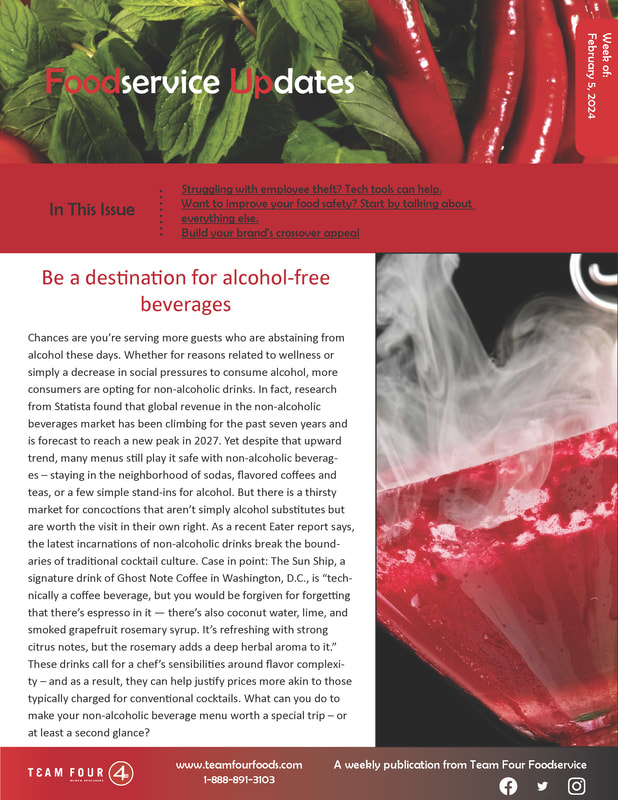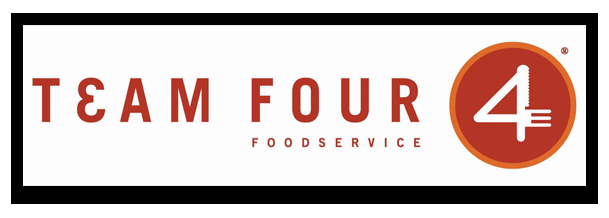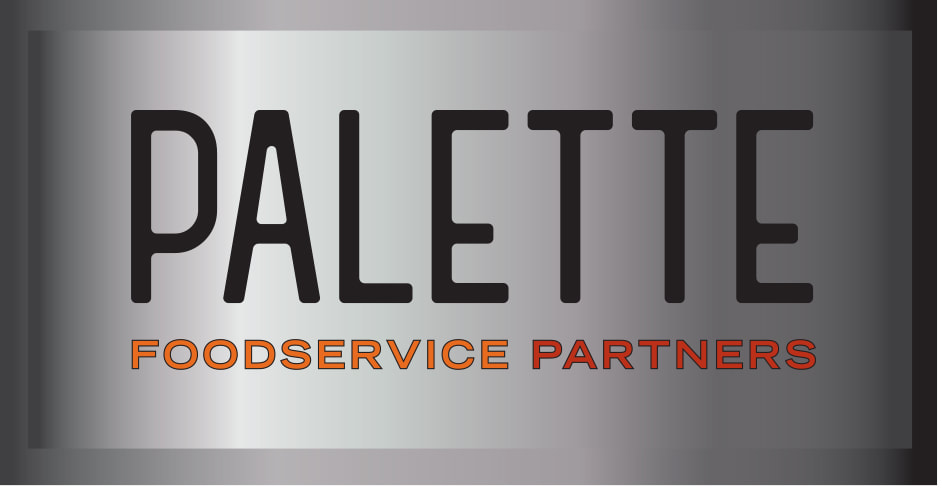 It doesn’t matter how delicious your food is: If a guest finds a stray hair in their meal, they’re done – and unlikely to return. Beyond the grossness factor, hair can carry pathogens like Staphylococcus bacteria. When training your staff, ensure that any long or face-framing hair is securely pinned back with a tie and/or hat and that facial hair is kept closely shaved or in a net. It’s not simply about keeping long hair from flowing freely – it’s also about preventing it from being a distraction so a person won’t absentmindedly sweep hair away from their face and bring it onto a food surface.  If your restaurant experiences a failure in its food safety compliance, where is the weak point that allowed it to occur? For many restaurants, it comes down to the knowledge of the front-line manager. In a high-turnover industry, that front-line manager may be new to the restaurant business, inexperienced in the area they have to oversee, and expected to take on responsibilities before they fully understand what they require. Unfortunately, that leaves your restaurant more vulnerable to costly problems. So where are your biggest risks? How much do you have to rely on your staff to interpret laws and make changes on the fly? How much are you simply hoping for the best? The training and tools you use should be able to help carry a lot of that weight – and they should be able to evolve easily in step with the changes in the surrounding restaurant landscape. Do yours?  Your soft drinks may be in even greater demand than your food options on hot summer days. But a less-than-clean soda fountain can be an immediate turn-off for guests (not to mention a safety hazard). It’s easy for mildew to collect around soda fountain spouts that aren’t cleaned regularly. What’s more, if you’re allowing guests to serve drinks themselves in an effort to save labor, your staff will need to take care to inspect and clean these machines more often. Do your safety checks ensure that your machines are cleaned in the appropriate ways – and at the right intervals – so they’re serving up a clean pour?  Your restaurant could seemingly be doing all the right things when it comes to protecting food – storing it safely, keeping it at the proper temperatures, being mindful of cross-contamination. But those precautions won’t go far enough if you’re lax about having sick employees work. According to health officials, food workers who came to work sick or contagious have contributed to about 40 percent of restaurant food poisoning outbreaks in recent years, with norovirus and salmonella being the most common causes of illness. Even if you have a policy that, on its face, restricts staff from working while sick, it may not be doing enough. An ABC news report about the findings said while 85 percent of restaurants said their policies restrict staff from working while sick, only 16 percent of the policies were detailed enough to require workers to alert managers and remain home if they had certain symptoms of illness, including vomiting, diarrhea, and sore throat with fever.  Have your guests shared a food safety concern about your restaurant in an online review? Your response – or lack thereof – can send a loud message to guests about the quality of your food and your commitment to food safety. If you leave several negative reviews unanswered, you may send the message that you don’t care about improving, that you hear this kind of thing so often that it isn’t alarming anymore, or that you’re not interested in making the effort to make things right for your guests. Your negative reviews have power for the bad and for the good. Make sure that you use yours to strengthen guest relationships by showing concern for making a situation better.  While you want the tantalizing smells of your grill to waft out onto the street and draw people in, any mysterious smells coming from your kitchen are far less desirable and could signal a lurking food safety issue. Certain odors that seem a bit off – fishy smells, sewage smells or mustiness, for example – could indicate spoiling or rancid ingredients, poor drainage or a pest infestation. If your kitchen or guest-facing areas don’t pass the smell test, take a closer look at what potential food safety issues may be hiding under the surface.  A sullen staff member can be more than just an annoyance for a restaurant operator or guest. If the person isn’t simply having a bad day but doesn’t care about providing quality service, it’s a red flag for food safety risks. Angela Anandappa, the founding executive director of the nonprofit Alliance for Advanced Sanitation, said in an interview with Mashed that low morale at restaurants can signal inadequate training, poor management, high stress and staff turnover, understaffing, concerns about pay, and personality clashes. None of these problems inspire guests to trust you to prepare the foods they are about to eat. That’s why it’s important to regularly assess your working environment and observe staff in action to understand where morale issues may be lurking. An employee may need support, or perhaps a more pervasive workplace issue needs changing.  Sesame, which officially became the ninth major allergen this year, has been causing some unexpected trouble in businesses across the food industry – with difficult consequences for consumers and restaurants alike. The new law around managing sesame requires careful cleaning to prevent cross-contact of foods with and without sesame. But because it can be difficult for restaurants to guarantee the removal of such contamination through this cleaning, many food suppliers have added small amounts of sesame flour to products that did not previously include the allergen. Their aim was to help guests avoid guesswork about the foods they can’t eat, but the result has been more people unwittingly consuming sesame in foods they had previously been able to eat safely. While some restaurant brands have stated that they have removed sesame from products (Jimmy John’s) and not added sesame to products that didn’t already contain it (McDonald’s), many restaurants are finding the new law on sesame difficult to follow – and are leaving allergic consumers confused and frustrated as a result. While we wait for a solution, the restaurants that can manage to navigate the new law without introducing sesame in places where it didn’t exist previously stand to gain some loyal guests: There are currently more than 1.5 million Americans with a sesame allergy.  The first stop for your safety inspector is often the place you don’t want associated with your kitchen in any way: your bathroom. Dirty, littered bathrooms are a major red flag for inspectors – and guests too. If you’re not taking care to tidy these visible areas, why should people trust that you’re adhering to safety and hygiene standards in your kitchen? Indeed, in an interview with Mashed, Angela Anandappa, the founding executive director of the nonprofit Alliance for Advanced Sanitation, advises guests to check out a restaurant’s restrooms before they sit down to their meal – and make an educated guess about its food safety based on that experience. If you’re slipping in this area, ensure that your staff check and clean your restrooms at more frequent intervals. Digital tools can help you stay on schedule and identify when problems tend to arise during shifts. |
subscribe to our newsletterArchives
April 2024
Categories
All
|



 RSS Feed
RSS Feed